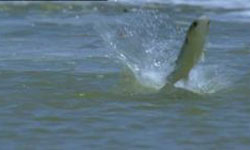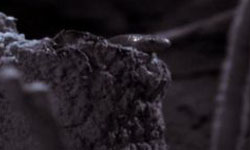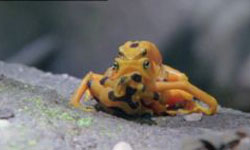The final programme covers the most ancient of the reptiles: the crocodiles and turtles. In the Galápagos Islands, among the giant tortoises, Attenborough explains how the creatures came to develop their shells as a defence against predators.
- Biology
- No subtitles
- 58
The final programme covers the most ancient of the reptiles: the crocodiles and turtles. In the Galápagos Islands, among the giant tortoises, Attenborough explains how the creatures came to develop their shells as a defence against predators.
The fourth episode focuses on the most modern reptiles, the snakes, exploring how they have managed to become successful despite their elongated body shape. Attenborough explains how they evolved from underground burrowers to surface hunters, losing their limbs in the process.
- Biology
- No subtitles
- 58
The fourth episode focuses on the most modern reptiles, the snakes, exploring how they have managed to become successful despite their elongated body shape. Attenborough explains how they evolved from underground burrowers to surface hunters, losing their limbs in the process.
-
Life In Cold Blood: Land Invaders
-
David Attenborough
The extraordinary and intimate lives of the soft-skinned amphibians. Marsupial frogs where the father carries his young in pouches, giant metre-long salamanders staging wrestling matches and newts that display just like birds of paradise.
- Biology
- No subtitles
- 57
The extraordinary and intimate lives of the soft-skinned amphibians. Marsupial frogs where the father carries his young in pouches, giant metre-long salamanders staging wrestling matches and newts that display just like birds of paradise.



